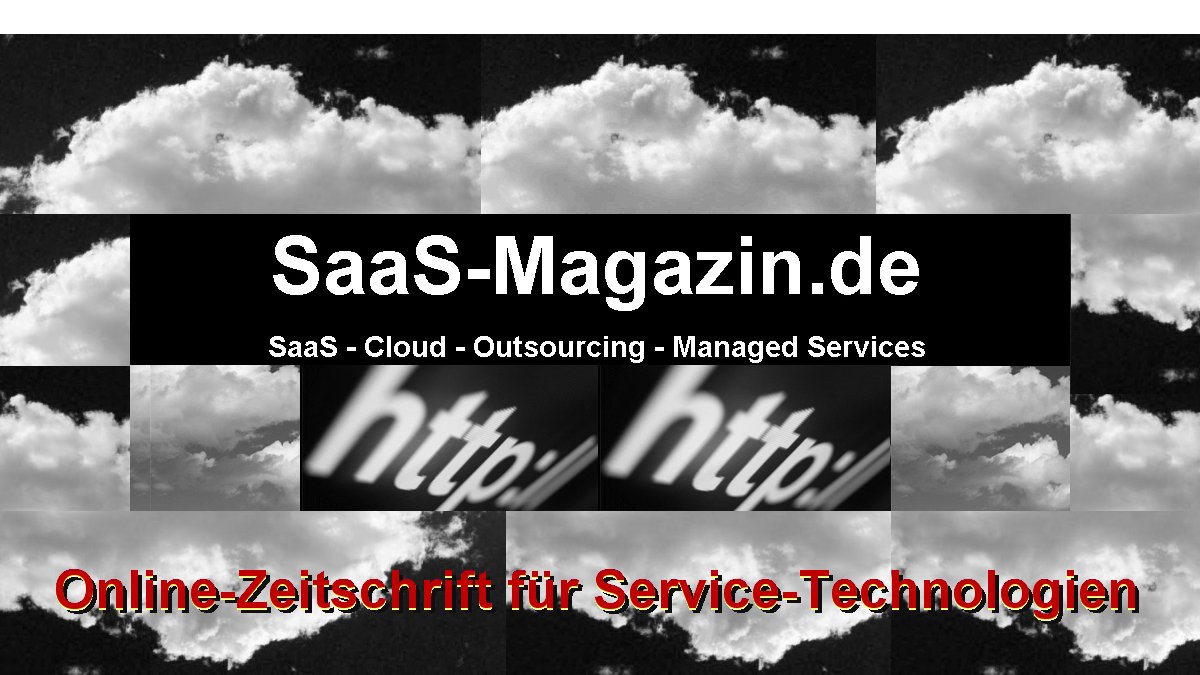
The Road to $10M ARR - the Golden Milestone
Top SaaS Startups Two Years Ahead of Their Counterparts in Road to $1M ARR, ChartMogul Reveals
New Data Studying SaaS Businesses Over 14 Years Highlights a Growth Gap Between the Top Performing Start-ups and Wider Market
ChartMogul, a Subscription Analytics Platform for growing Software as a Service (SaaS) businesses, reveals that top-tier SaaS startups reach $1M Annual Run Rate (ARR) almost two years faster than the median SaaS enterprise. The findings, taken from ChartMogul’s inaugural SaaS Growth Report, point to an emerging growth gap - with the top SaaS growth performers in a league of their own.
Tracking the performance of 2,200 SaaS businesses over the past 14 years, ChartMogul’s analysis provides insight for the first time into how quickly businesses hit key growth milestones, from zero to $30M ARR and beyond. The findings show it takes the same time for an average performing SaaS business to hit $1M ARR for a best-in-class SaaS startup to reach $10M ARR, and reveals that only 13percent of all SaaS startups will manage to reach $10M ARR within 10 years at all.
>> It takes best-in-class SaaS startups 9 months to reach $1M ARR. They then take a further 2 years to reach $10M ARR.
>> That is seriously ahead of the curve - a median-performing business will take the same time to hit $1M ARR as a best-in-class SaaS business will take to hit $10M ARR.
>> And when it comes to the elusive road to $10M, the path is paved with challenges. On average, it takes a SaaS startup a little over 5 years to reach $10M ARR.
>> But the road to that milestone is not easy. Even after 10 years in business, only 13percent of SaaS startups are able to hit the $10M ARR mark at all.
Best in class SaaS growth driven by strong retention and expansion efforts
Successful SaaS businesses continue to capitalize on expansion efforts, setting themselves apart and widening this divide. ChartMogul’s findings underline how the higher the ARR, the higher the percentage of revenue that comes from expansion. While the proportion of ARR gained from new business has reduced from its peak of 61.4percent two years ago to 52.9percent, the ARR gained from expansion has jumped to 36.3percent from 29.1percent in 2020. The businesses failing to upsell or cross-sell to existing customers at scale are therefore missing out on key growth opportunities.
Retention and reactivation rates are critical for SaaS businesses, particularly against a challenging macroeconomic environment where subscribers reassess and cut on SaaS spend. While retention has fallen since 2021, high rates continue to indicate strong product-market fit and a more capital-efficient business. On average, SaaS businesses with a net retention rate of over 100percent grew 54percent in the last year. In comparison, those with 60-80percent net retention grew by 12percent. In fact, those with a best-in-class approach to retention grow at least 2.3 times faster than their peers. Furthermore, the top quartile of SaaS companies reactivate close to a quarter of their lost customers. Having well-run reactivation campaigns is an effective way to stabilize growth. Customers are familiar with the product, meaning the cost to re-acquire them is low.
Sid Jain, Senior Research Analyst, ChartMogul, said: "Much has been made about the slowdown in SaaS business post-pandemic. Our findings provide some positivity, highlighting stability across the market and confirming the best growth strategies. From adopting effective retention and reactivation campaigns to placing a greater emphasis on expansion efforts, SaaS growth doesn’t need to be complex.”
"Even though efficiency is a key factor in whether a startup is more or less exciting for investors, growth is the clear #1 consideration, added Christoph Janz, Managing Partner, Point Nine Capital. If you’re at around $8-15 million ARR, you need to grow roughly 2x year-over-year to get investors excited. If you’re below $8 million ARR, you have to grow even faster to get investors to jump out of their seats. That doesn’t mean that you can’t raise at all if you’re growing slower, but it will be more difficult.”
2023 growth outlook is looking brighter for SaaS businesses
ChartMogul’s data also highlights how SaaS growth has stabilized for most startups over the last three quarters, with it accelerating for the best performers. New business activity has also improved in the first half of 2023, and increasing subscriber counts is driving this growth. Most SaaS businesses understand the importance of new subscribers, with fewer than 5percent reliant solely on Average Revenue per Account (ARPA) for growth. In addition, startups can obtain a more accurate analysis of growth rates by considering seasonality. Q1 is the best quarter for growth, with March the best month and Q4 the slowest quarter.
Methodology
ChartMogul analyzed anonymized and aggregated real revenue data from over 2,200 SaaS businesses to calculate all aggregates. Unless stated otherwise, ChartMogul calculated all benchmarks and aggregates over 12 months ending Jun ‘23. For milestone research and seasonality analysis, ChartMogul used data across all time periods. All aggregates by ARPA per month range exclude companies less than $300k in ARR.
(ChartMogul: ra)
eingetragen: 11.09.23
Newsletterlauf: 03.11.23
ChartMogul: Kontakt und Steckbrief

Der Informationsanbieter hat seinen Kontakt leider noch nicht freigeschaltet.